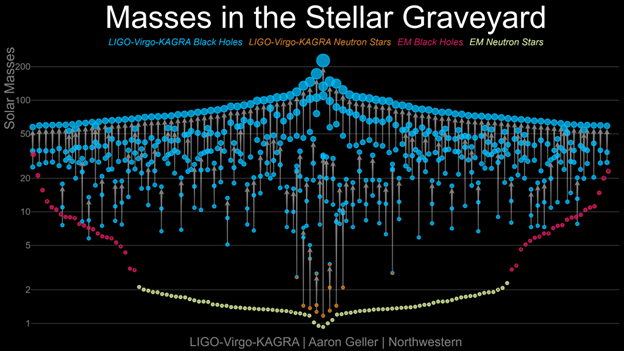One of the most intriguing and elusive phenomena in nature is the asymmetry with which the weak nuclear force acts on matter and antimatter. Certain subnuclear processes change their properties if matter is replaced by antimatter and right is exchanged with left. This phenomenon, known as CP violation, is not only conceptually compelling but also provides an avenue to extend the standard model of elementary particles, which is known to be incomplete.
B mesons are particularly suitable for investigating CP violation. They consist of a light quark — similar to those forming ordinary nuclei — bound to a much heavier bottom quark, roughly a thousand times more massive. A promising channel is the decay of the neutral B0 meson into two neutral pions (π0π0), a rare process occurring only once in about a million decays. Its identification is challenging because neutral pions promptly convert into photons, whose directions are difficult to measure with high precision.
Belle II, located at the KEK laboratory in Japan, is currently the only experiment capable of studying these decays.
